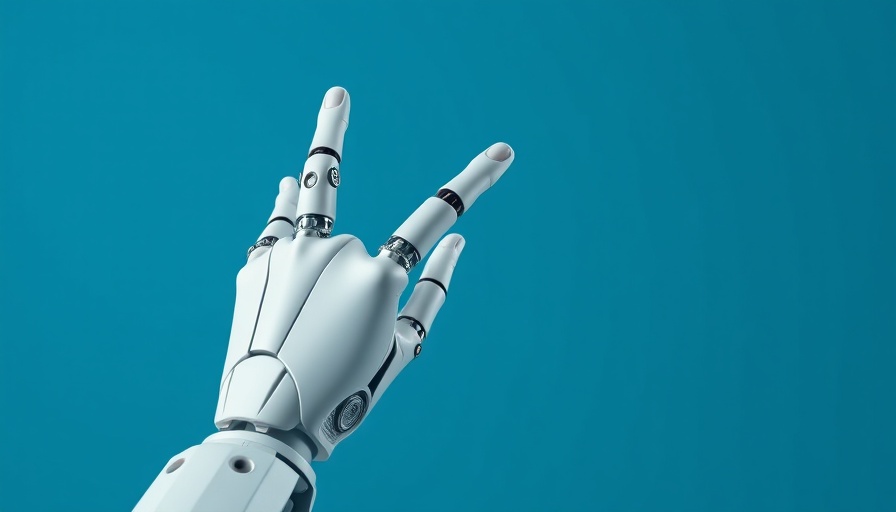
Revolutionizing AI Server Efficiency: A Groundbreaking Collaboration
In a significant development for the rapidly evolving AI infrastructure landscape, SoftBank Corp., ZutaCore, and Foxconn have joined forces to create a cutting-edge rack-integrated solution that utilizes ZutaCore's pioneering two-phase Direct Liquid Cooling (DLC) technology. This collaboration is particularly timely, as the global AI server market is projected to reach a staggering $49 billion by 2027, necessitating innovative cooling solutions to tackle the challenges posed by increasing power densities and operational efficiencies.
The Critical Need for Effective Cooling Solutions
As businesses expand their AI capabilities, the need for robust cooling systems becomes paramount. According to industry experts, the use of AI servers paired with high-performance GPUs, such as NVIDIA's H200 series, has led to intensified thermal demands within data centers. Traditional cooling methods often struggle under the pressure of high thermal design power (TDP) requirements, making new technologies like ZutaCore’s two-phase DLC essential.
Key Features of ZutaCore's Two-Phase DLC Technology
ZutaCore’s two-phase DLC technology sets itself apart by utilizing an insulating refrigerant that circulates around the cold plate of semiconductor chips. This method effectively cools processors without the risks associated with conventional water-based systems, significantly minimizing the chances of leaks. This innovative approach not only safeguards IT infrastructure but enhances performance by maintaining optimal temperatures even under heavy computational loads.
Operational Efficiency: A Game Changer for Data Centers
Recent operational demonstrations at SoftBank’s data center have confirmed the efficacy of this new cooling system. With a measured partial Power Usage Effectiveness (pPUE) of 1.03, this solution showcases how advancements in cooling technologies can align with environmental sustainability goals by drastically lowering energy consumption and carbon emissions. The integration of AI servers with such efficient cooling technologies means that companies can now scale their AI projects without excessive power usage, thereby supporting their operational and sustainability objectives.
Future Trends: What Lies Ahead for AI Data Centers
As the demand for AI servers continues to grow, so will the emphasis on energy efficiency within data centers. Collaborations like that between SoftBank, ZutaCore, and Foxconn are not just paving the way for improved cooling solutions; they are also setting industry standards. The anticipated adoption of waterless cooling technologies and enhanced thermal management practices will play a crucial role in shaping the future of AI processing power. As more companies commit to reducing their carbon footprints, advancements in technologies like these are sure to gain momentum.
Conclusion: Embracing Innovation for a Sustainable Future
The collaboration between SoftBank Corp., ZutaCore, and Foxconn epitomizes the need for concerted efforts in developing innovative technology that meets the increasing demands of AI while addressing sustainability challenges. As we look forward, it is imperative for organizational leaders—CEOs, CMOs, and COOs—to embrace such innovations, fostering operational transformation that aligns with both technological advancements and environmental stewardship.
 Add Row
Add Row  Add
Add 




Write A Comment